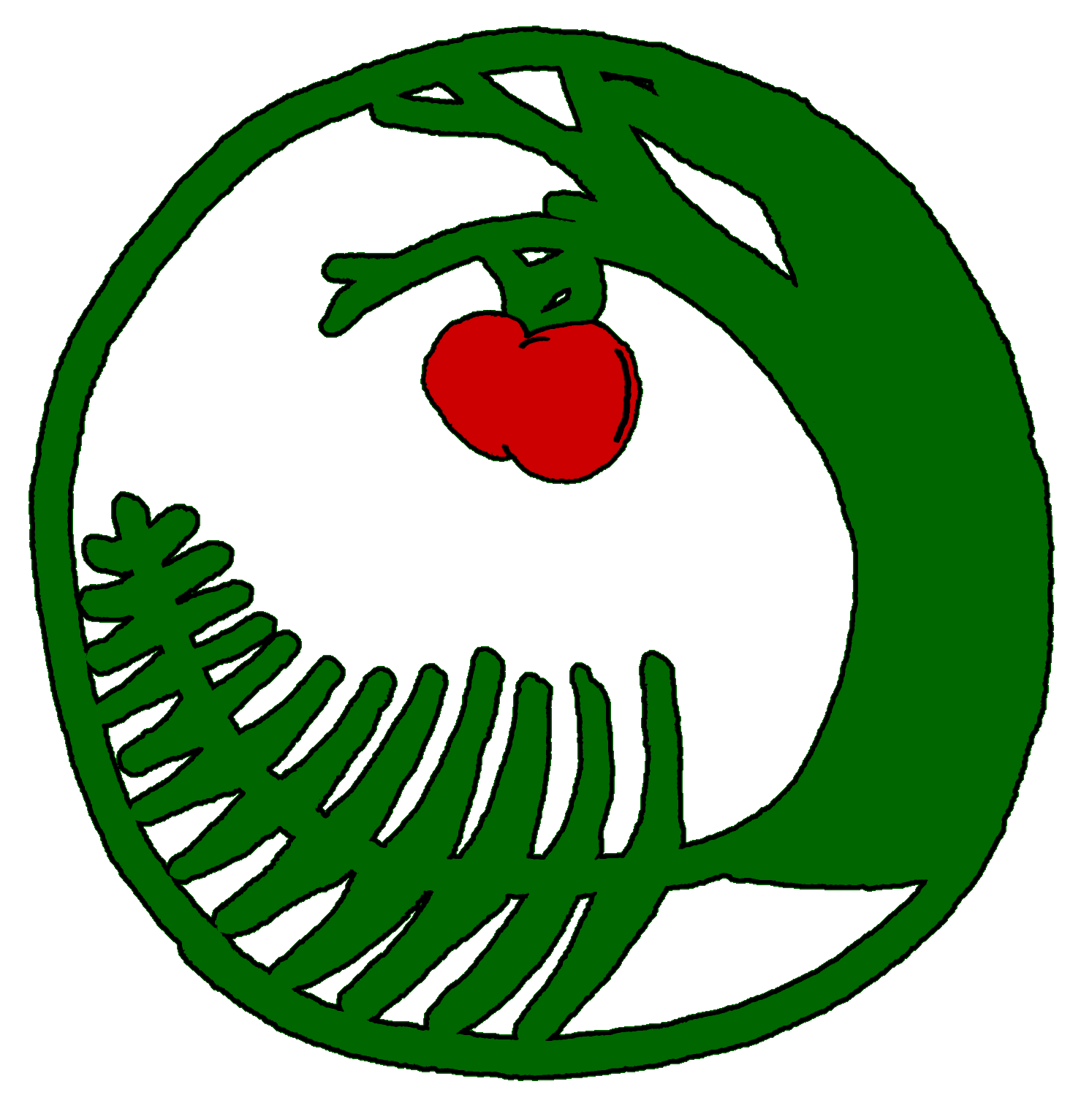This hardy deciduous shrub is easy to grow in our climate. Deer tolerant and drought tolerant, it blooms for a very long time through spring into fall. We have two varieties- one that blooms... more->
Fern Hill Nursery and Botanical Sanctuary
Edible, medicinal, and native plants for the Pacific Northwest
We spent 13 years building an abundant fruit forest, annual veggie beds, perennial medicinal herbs, and a healthy mixed hardwood-coniferous forest and now we've sold our property to the next stewards so that we can begin a new homesteading project in Vermont closer to our best friends and their kids.
Don't worry - we plan to keep this website up and running so that our customers can reference what we've written about our plants!
We'll let you know once we re-start a farm in Vermont!
Attracts pollinators
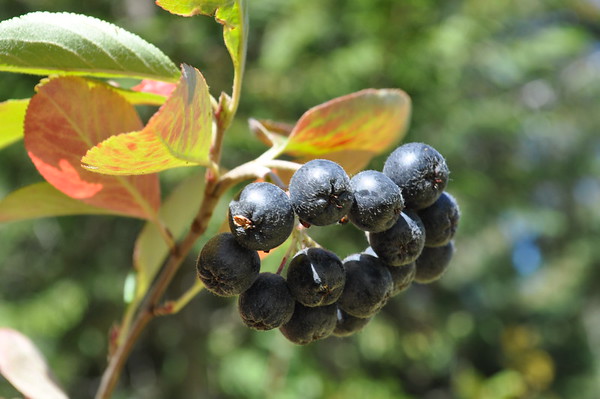
Viking has been selected for delicious flavor raw and cooked. Some seedlings can be extremely astringent but this one will just give you a little pucker. more->
Lovage is an excellent addition to a perennial vegetable garden. Bursting forth in spring, this plant can shoot up to six or seven feet tall each year. The aromatic leaves have a flavor similar to... more->
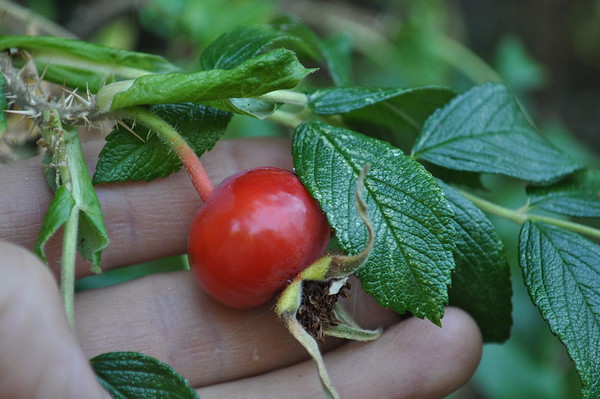
Rugosa rose is a suckering shrub native to Asia. It has large and beautiful blooms and the largest rose hips of any rose we know. The rose hips are high in vitamin C and can be eaten fresh or... more->
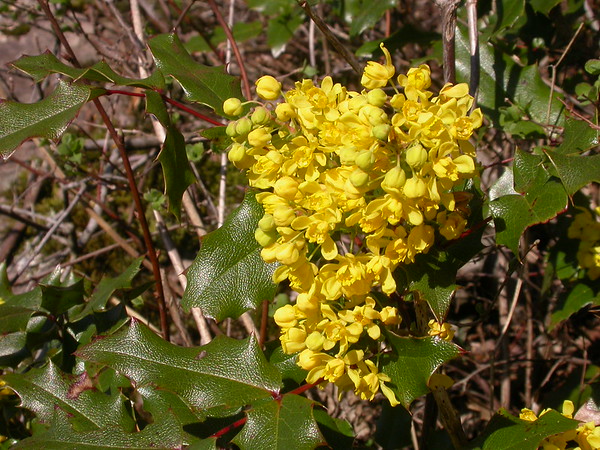
Tall Oregon grape is a woody perennial shrub in the barberry family that is tough enough to survive in many conditions and yet provides edible and medicinal yields. It grows 2-7 feet tall in well... more->
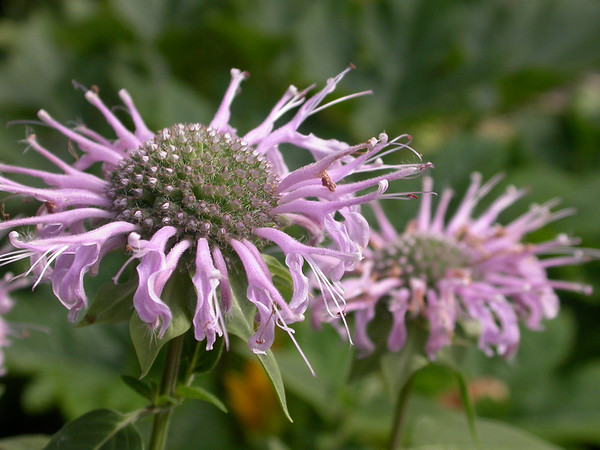
This wild variety of beebalm produces showy light pink flower clusters on two foot tall stems. more->
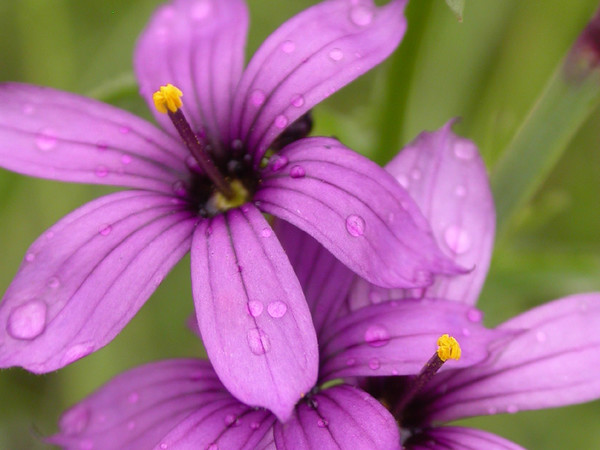
A small but beautiful perennial native wildflower that prefers moist soil and sun, blue eyed grass grows less than a foot tall and makes clusters of small purple flowers in early summer. A great... more->
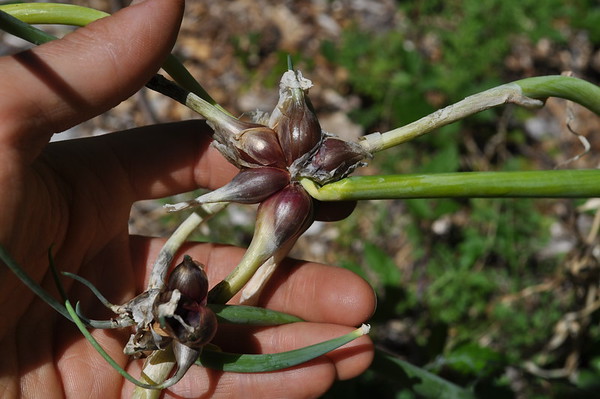
This onion has the funny habit of creating bulbs atop its flowering scapes that grow so big and heavy that the stems bend down and plant the bulblets in the soil about a foot away from the mother... more->
We have grown this early fruiting variety for many years with success. We harvest lots of large sweet fruits starting in late May until near the end of June. Its easy to grow and prefers full... more->
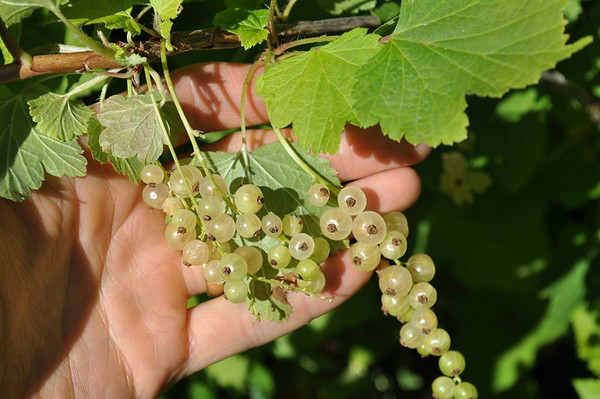
White currants are the sweetest of the European currants and White Imperial has great flavor. Almost all currant lovers that we talk to choose white currants for sweet flavor. These shrubs are... more->
Native to Oregon and much of North America, western mugwort is a rhizomatous perennial with beautiful gray-green foliage composed of long, strap-like leaves. Its yellow-white flowers bloom in... more->
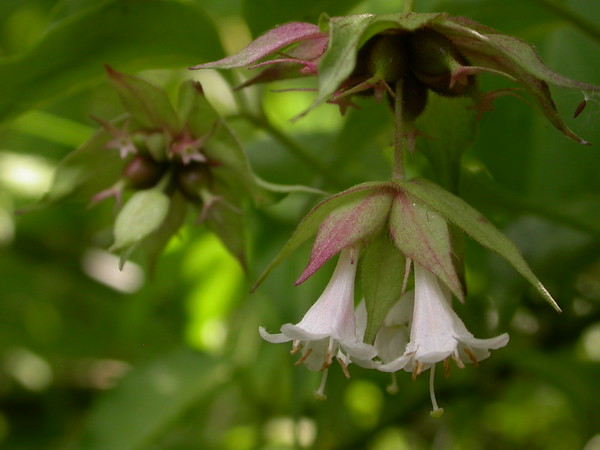

This is a special and very ornamental deciduous shrub. Bright green branches and stalks display elegant clusters of dark brown berry clusters. When ripe, these berries taste like chocolate. ... more->

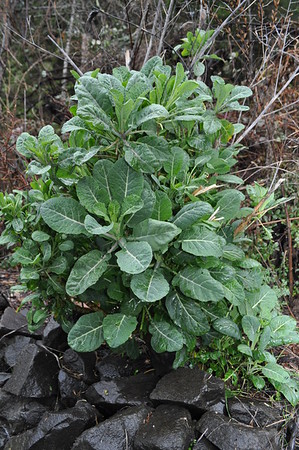
Like other non-heading collard greens, this sturdy and cold-hardy vegetable produces large smooth, oval-shaped leaves that are really nice to harvest in fall, winter, and spring. It then grows... more->
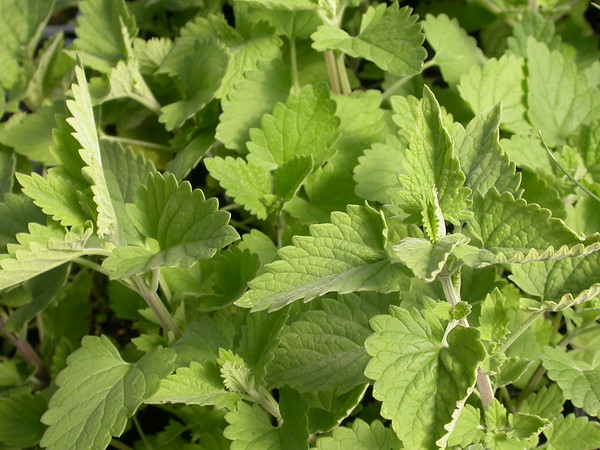
Although most people think first of the way that cats go crazy from the aroma of the flower spikes of catnip, it's also a wonderful herbal medicine. But it has the opposite effect on people - it'... more->
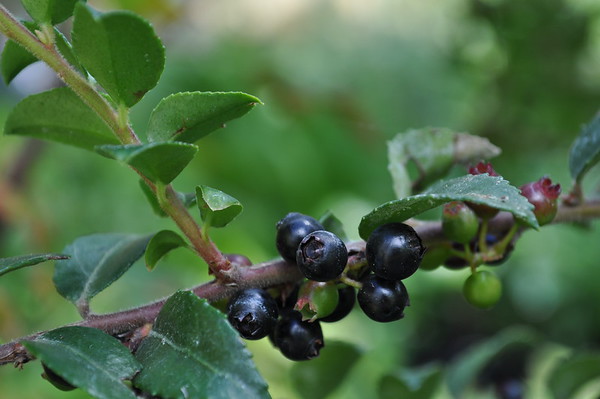
Evergreen Huckleberry is a great northwest native evergreen shrub. It has delicate white and pink flowers, evergreen leaves and glossy, black berries. In the WiIlamette Valley, shrubs grow to 4... more->
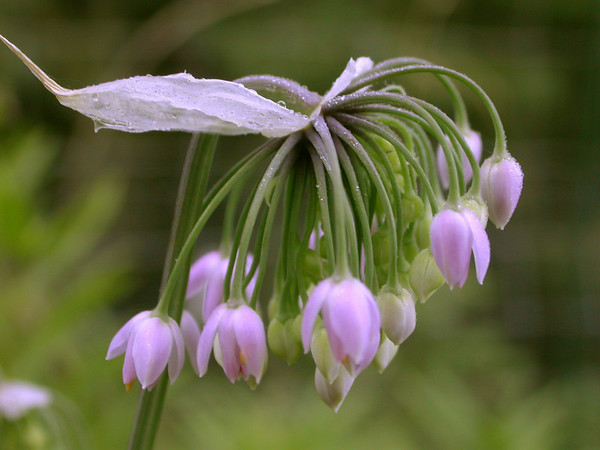
Nodding onion is a showy native onion that is also a great addition to a perennial vegetable garden. The grass-like leaves can be harvested any time and eaten raw like chives or cooked as green... more->
Salal is an evergreen shrub in the heath family with glossy leaves, white urn-shaped flowers, and edible purple berries. Salal prefers moist shade, but it often bears the most fruit in sunny... more->
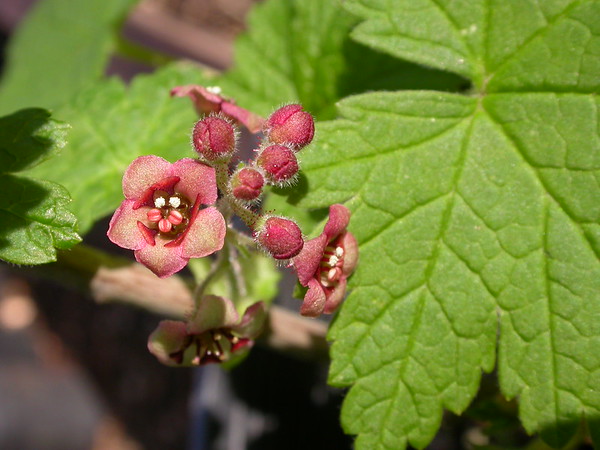
This currant is native to the Northwest, growing along streams in partial shade. The delicate pink flowers bloom in spring and the delicious purple fruit ripens in early summer. It does not have... more->
